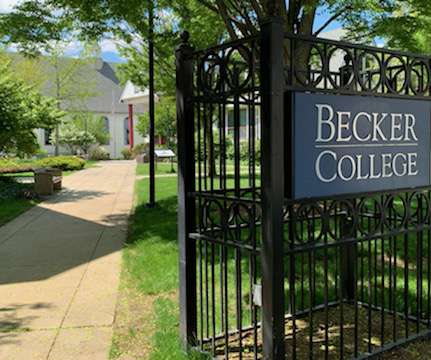College students predicted to fall by more than 15% after the year 2025
The Hechinger Report
SEPTEMBER 10, 2018
Nathan Grawe, an economist at Carleton College in Minnesota, predicts that the college-going population will drop by 15 percent between 2025 and 2029 and continue to decline by another percentage point or two thereafter. “Students are going to be a hot commodity, a scarce resource,” said Grawe. Grawe, Carleton College.




















Let's personalize your content